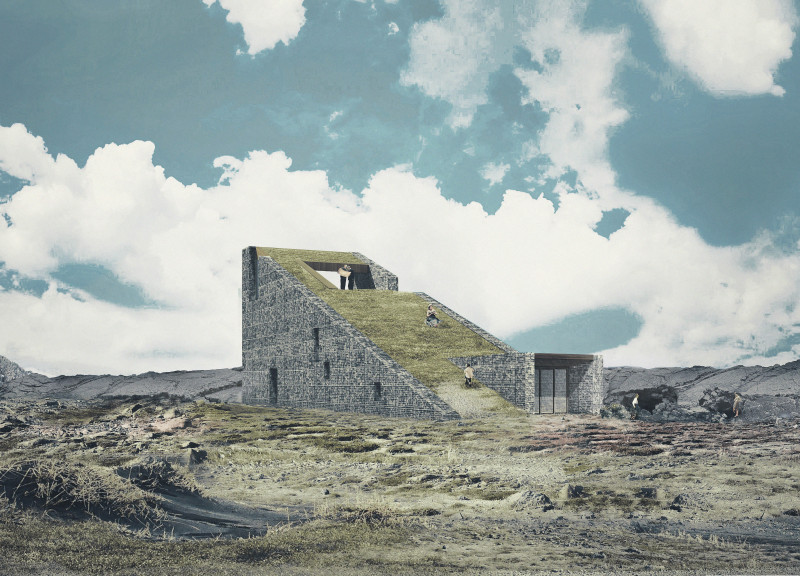5 key facts about this project
This architectural project represents a thoughtful integration of contemporary design principles and the contextual nuances of its geographical location. Developed to serve as a multi-functional space, the design prioritizes both utility and aesthetic appeal, seamlessly blending form and function. The building is characterized by its innovative spatial organization, which encourages versatility in use while maintaining a cohesive overall structure. The design reflects a commitment to sustainability and environmental responsibility, employing materials that enhance energy efficiency and reduce the carbon footprint.
The architectural project emphasizes a strong connection between indoor and outdoor environments. Large, strategically placed windows invite natural light into the interior while providing unobstructed views of the surrounding landscape. This design choice not only enhances the visual appeal of the spaces but also promotes well-being among occupants by fostering a sense of openness. The exterior façade employs a combination of textured materials, including locally sourced stone and sleek metal panels, which contribute to the building's modern character while respecting traditional regional elements.
Innovative Use of Materials
The material palette selected for this project stands out for its thoughtful considerations. It includes reinforced concrete, glass, wood, and metal. The use of reinforced concrete serves not only structural integrity but also thermal mass, contributing to energy efficiency. Glass facades enhance transparency and engagement with the landscape, while wooden elements create warmth and a tactile quality that contrasts with the more industrial materials. Metal accents serve both functional and aesthetic purposes, providing durability and a modern finish that aligns with the overall design ethos.
Consideration of Landscape and Context
The project's unique approach lies in its responsive design to the surrounding landscape. Rather than imposing upon its environment, the architecture adapts to the topography and existing flora. Outdoor spaces are integrated into the design, featuring terraces and green roofs that encourage biodiversity and environmental stewardship. This connectivity underscores the importance of ecological awareness within architectural practice, particularly in urban settings where natural infrastructure often is limited.
The interior layout further reflects this commitment to functionality; spaces are designed for flexibility, allowing for various configurations that accommodate different activities. The flow between rooms is deliberately orchestrated, promoting communal interactions while also affording privacy where necessary.
While many projects tend to focus solely on aesthetic appeal, this design advocates for a holistic approach where beauty, utility, and sustainability coexist. By marrying these elements with an acute awareness of context, the project not only sets a standard for architectural excellence but also serves as a model for future developments aiming for harmony between built and natural environments.
Explore the project presentation for detailed architectural plans, sections, and additional fascinating architectural ideas that contribute to the project’s overall vision and execution. Delve deeper into the nuanced design details and innovative approaches that define this architectural endeavor.






















































